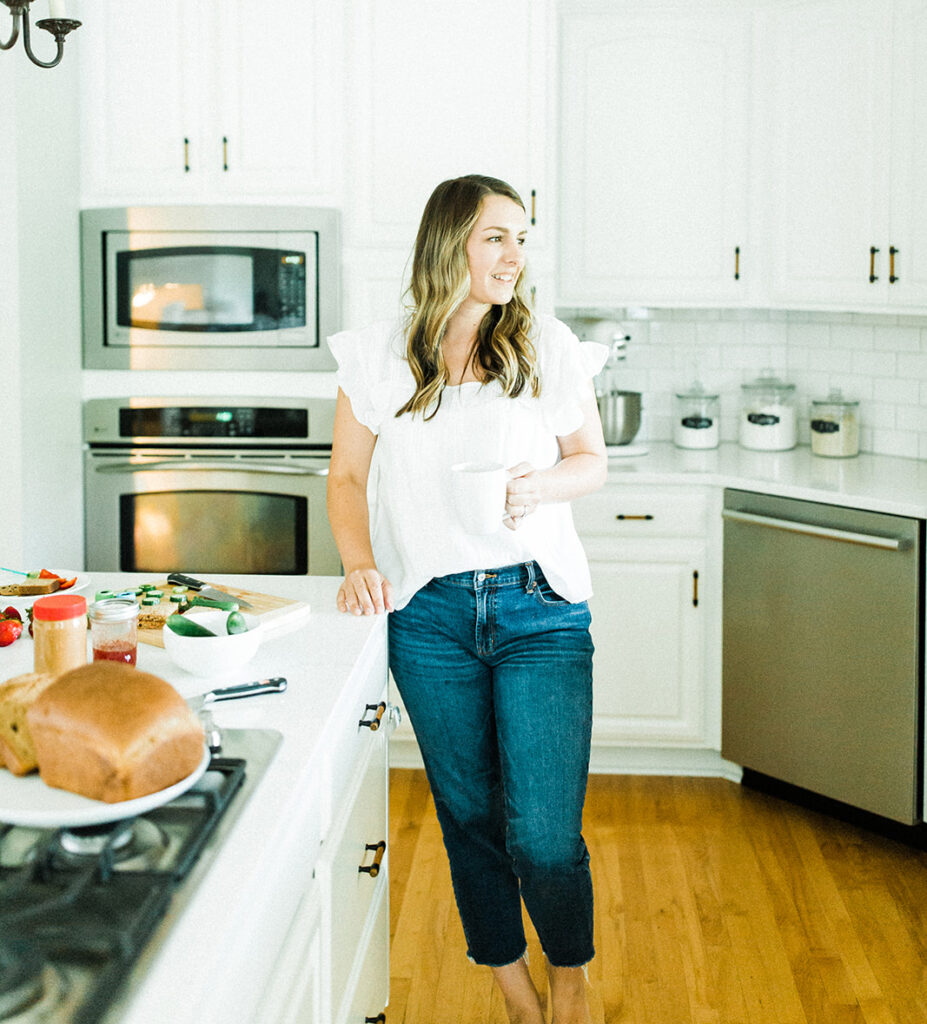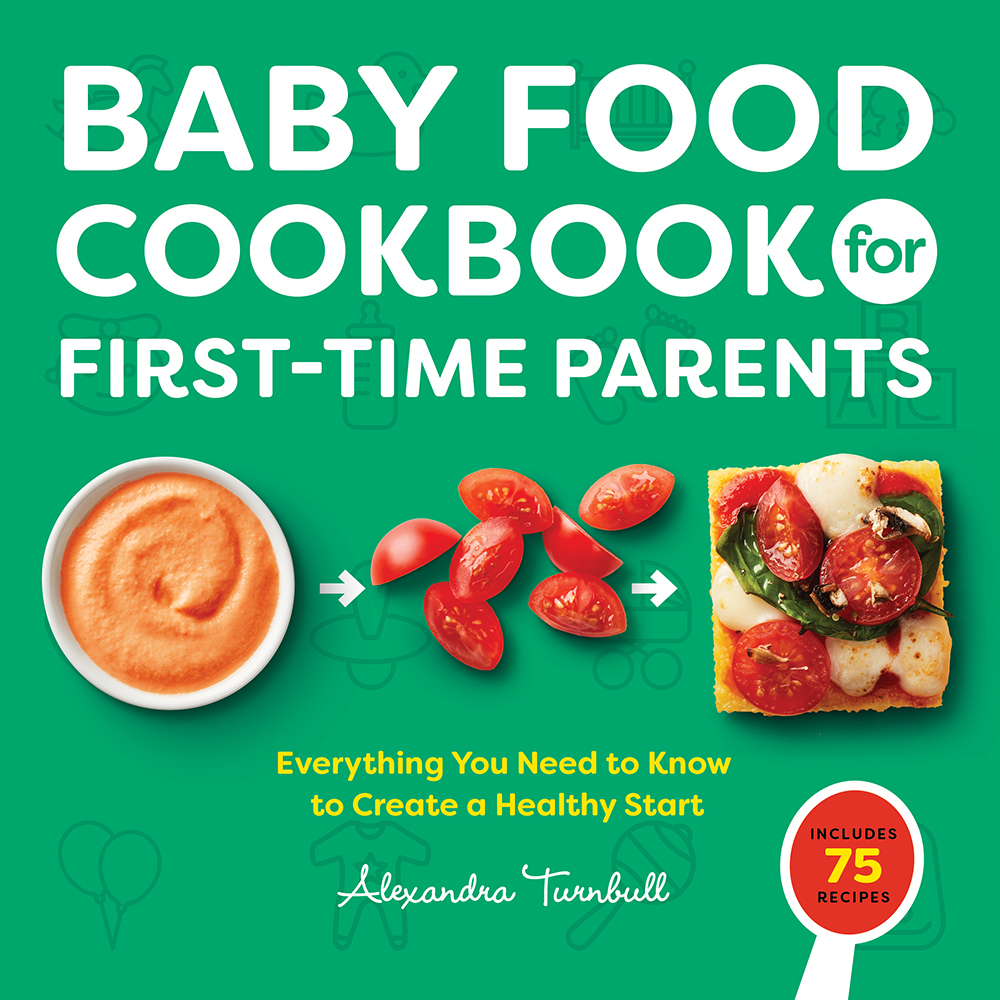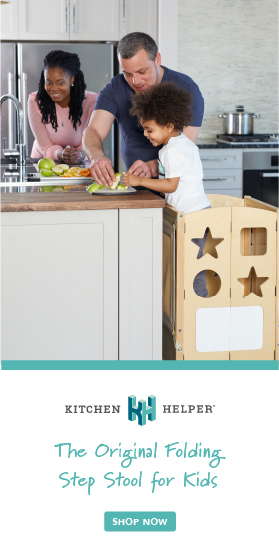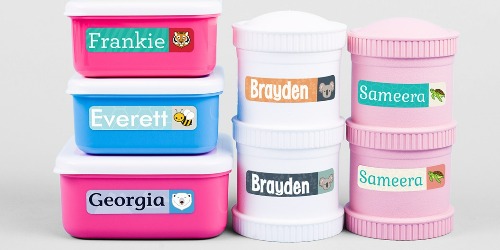From refusing to come to the table, tantrums about what color cup they have and battles over eating their vegetables, mealtimes can be one of the most frustrating times of the day for you as a parent.
If your child isn’t eating the recommended breakfast, lunch, and dinner with 2-3 snacks in between (every child and day may vary), that can mean you might be left feeling frustrated for most of the day.
While every mealtime may not be perfect, there are simple shifts you can make that will minimize mealtime refusal, tantrums, and battles altogether. Even if you pick one of these mealtime strategies and commit to it, you will find joy in mealtimes once again – plus your child will be more willing to try new foods.
Table of Contents
The Division of Responsibility
One of the most important considerations with mealtimes is determining you and your child’s role, also known as Elynn Satter’s Division of Responsibility (sDOR). Once you understand the difference between you and your child’s roles at mealtimes, the doors of exploration and cooperation open.
This is one of the biggest barriers for parents when it comes to feeding their kids and helping them learn to enjoy new foods.
When you can take away the responsibility and pressure of making your child eat certain foods or amounts of food and instead hand that responsibility over to your child, you instantly have a sense of relief.
Your role (parent or caregiver):
When the child eats
Where the child eats
What is offered
Your child’s role:
If they eat
How much they eat
“But what if they don’t eat anything?”
I get it. It’s hard to sit there and watch your child try and make the best choice for themselves, but you’ve done your job. You’ve provided the what, where and when food is offered. Now it’s time to sit back and let them embrace their role.
One thing you can do to ease your mind and ensure they eat at least something is to always consider providing at least one food that your child will eat, even if it doesn’t make sense with the menu. Yes, that means you can offer goldfish (family style) with meatloaf.
Once you have an understanding of The Division of Responsibility, you can move on to implementing a few key strategies to make mealtimes less of a fight and much more enjoyable.
Forget the pressure
It’s likely that you grew up with the common food rules of “clean your plate or you won’t get any dessert” or “Take two more bites and then you can be done.” While this may be well-intentioned to help your child at least try something, it only creates a negative experience at mealtimes and works against you and ultimately your child in hopes of ever gaining their trust to try new foods.
When it comes to mealtimes, avoid pressuring your child to try or even eat a certain amount of food.
Here’s what you do: The next time your child says something along the lines of: “Ew, I don’t like that!” Kindly and calmly respond with: “That’s okay. You don’t have to eat it. You can try it when you’re ready.”
While this doesn’t mean that they will instantly pick it up and eat it just because you gave them permission not to, the pressure is off and it’s now their choice. We know our kids like to do things themselves, especially things that they clearly are not capable of doing accurately.
When they get to make the decision of if and how much they eat from what you provide, it’s amazing what they might try because you let them do it themselves.
Get them involved
An important strategy that’s often overlooked is getting your kids in the kitchen to help! This creates a huge opportunity for your child to not only explore and try new foods but also gain valuable culinary skills. You might think your child is too young, but this couldn’t be further from the truth.
Even infants being present in their highchairs while you prepare meals is helpful. In our house, we use Guidecraft’s Kitchen Helper (affiliate link) on a daily basis. This allows my children to safely stand at the counter and be involved in mixing ingredients and even cutting up fruits and veggies with kid safe nylon knives.
Here’s what you do: next time you plan to prepare a meal, ask your child to help. Invite them up to the counter using your kitchen helper and give them an age-appropriate task.
Prepare yourself for the mess and focus on the opportunity you’re creating for your child to try new foods, learn culinary skills and spend time with you.
Family style meals
I know no one ever wants to wash more dishes, but after you try the Family Style Meals strategy and watch your child explore foods they’d never touched before, you won’t even care.
Most parents preplate their child’s meals for them because let’s face it – they’ll make a mess and only choose the carbohydrates.
Here’s what you do: pick one meal this next week where you can put everything in serving dishes with serving spoons and let everyone plate their own meal. Ignore the mess, or instead, use the mess as an opportunity for your child to learn the responsibility of cleaning up.
If your child doesn’t want to serve themself one of the items, ask them to put it on your plate. This way your child is still engaging with the food, even if they aren’t trying it.
All three of these strategies actually have nothing to do with your child actually eating the food you provide them. Instead, all of these strategies help provide a positive relationship with food where your child can learn to engage with disliked foods and ultimately build the trust required to like it one day.
If we remember our roles, it’s not our job to force them to eat a certain amount or type of food. It’s our job as teachers to decide when, where and what is available for them. The rest is up to them.
Still having battles with your picky eater?
Take the Feeding Matters Infant and Child Feeding Questionnaire to better understand your child’s feeding habits. By completing this questionnaire you will learn about typical feeding development, identify if there are any areas of concern regarding your child’s feeding, and be provided a method for discussing any concerns with your child’s physician.
Sign up for my FREE five week picky eater TRY IT Challenge to help your child learn to try new foods without a fight!





